While lacing my shoes on a winter day south of Portland, Ore., I considered the challenge ahead. I’d recently agreed to join some coworkers to run the annual Hood to Coast Relay, an exhausting, overnight, 199-mile race, and I was just starting my training.
Outside, I noticed the cool air in my lungs as I took my first steps — just a light jog to start. I knew nothing about training for long distances, and I didn’t want to take things too fast.
I could feel my body protesting, yet I didn’t stop. Instead, my mind wandered to my children. I thought about giving birth to my son a few months before, in September 2015; my daughter was almost 3. For a long time, I hadn’t been happy with myself or my choices. I’d had gestational diabetes when I was pregnant, and I was going through a divorce.
I thought about my son’s birth, which had reminded me that physical, emotional, and spiritual health are everything. As a mother, I wanted to be a good role model.
I reflected on my pride in our Southern Cheyenne, Kiowa, and Pawnee ancestry and how I could share that with my children. We honor our ancestors, including Chief Kias from the Southern Cheyenne Tribe and those killed at the Sand Creek Massacre, by wearing our regalia at powwows and speaking our language proudly.
As I rounded the final corner of my first training run, my lungs and leg muscles burned, yet I was overcome by a sense of mental clarity and peace. I slowed my pace and realized that my recent decision to move with my children to my parents’ house, though difficult, had been worth it.
Somehow, suddenly, I knew running was worth it, too.
Expanding the Circle
During that rainy winter, I ran with my kids strapped into an unwieldy double jogging stroller on the weekends. The experience was the perfect preparation for uneven terrain.
It was the most committed I’d ever been to running. For years I’d been a basketball player and occasional runner, but already this had become about more than training for a relay. When I ran, I was relieved from the stress of my mediation and divorce process. I could feel truly at peace with myself and my thoughts.
Then, as winter gave way to spring, running became spiritual. In late April 2016, I flew to Oklahoma to comfort relatives after my dear aunt Athamah died when a drug- and alcohol-impaired driver smashed into her car.
My visit coincided with a 5K race to commemorate the 1995 Oklahoma City bombing. I ran beside my cousin and his wife, with my then-7-month-old son in a jogging stroller. I thought and prayed about my aunt, which helped me mourn and grieve for my loss. Gratitude for the memories we’d made flooded me as I ran.
Finishing the race, I realized that running had become my medicine. I dedicated the rest of the year’s training to my aunt and began focusing on what kind of runner I wanted to be.
Recentering
In the late summer heat, I felt my beloved aunt’s presence as I ran my relay legs from the top of Mount Hood to the Pacific with Team HANDS (Healthy Active Natives Doing Something). At the time, I was deep in grief. My people mourn for a full year, during which we cut our hair, don’t partake in powwows, and don’t wear our regalia. The race felt like a culmination of my emotional struggle over the past months: As I worked through the tough miles in foggy darkness, I was also working through my grief.
During my third and last leg, my feet were covered with blisters, but I felt powerful. When I finished, I was crying so hard that bystanders worried I was injured. After months of training and emotional pain, I had become a runner — an Indigenous runner.
One night the following spring, I was playing on a coed basketball team and dribbling down the court when I stopped and pivoted, tearing my anterior cruciate ligament (ACL) and partially tearing my medial collateral ligament (MCL). Surgery and rehab eclipsed my regular training runs.
As the seasons changed from hot to cold to hot again and again, I waited — not so patiently — for my body to heal.
When I returned to running in 2018, I ran a steady lineup of races. I could feel my relations — past and present — cheering for me on each run, supporting the growth of my mind, body, and spirit. I was so strong by the following summer that I ran my first-ever half-marathon.
Always looking for an edge, I decided at Christmas to stop drinking alcohol for four months. I hoped this would improve my performance in my next half-marathon, slated for late April, right before my 38th birthday. I planned to celebrate with drinks.
Completing the Circle
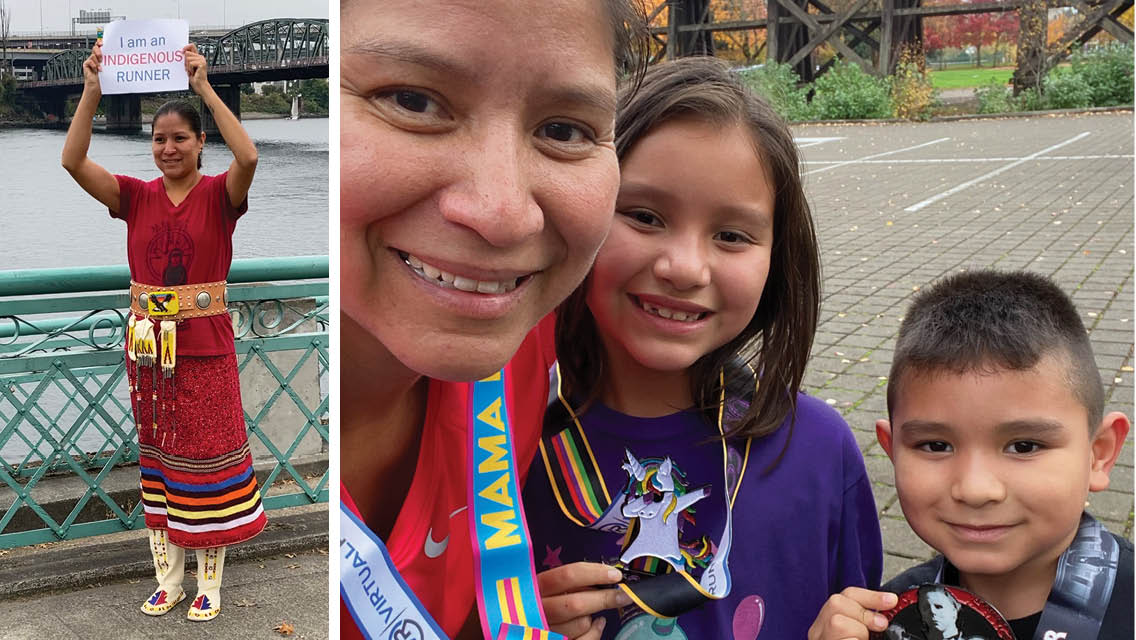
As the year closed and a new one was born, I realized I was on another journey — toward an alcohol-free life. After attending a 12-step meeting to educate myself while teaching drug-and-alcohol awareness classes, I had a spiritual awakening:
My Creator showed me the person I was when I drank, and I didn’t like what I saw. Plus, I realized that to be a great runner, I had to jettison the mindset of going cold turkey before races and celebrating with drinks afterward.
During the pandemic, I ran virtual races by myself, even though many runners abandoned their training regimens. What kept me going was the philosophy of the Seven Generations: Each day my choices make the world better for the next seven generations. It all starts with me — maintaining healthy habits, aligning my behavior with my values, honoring my culture — and then it passes to my kids and their children and the next generation and the next.
Nowadays, I seek food that supports my body and my goals. I’ve been alcohol-free since December 27, 2019, and I start each day with a run, regardless of weather or season.
What I love most now is jogging short distances with my kids. I’m so proud when I see them next to me with smiles on their faces, celebrating their strength. In those moments, I’m overwhelmed by the power of living a healthy life connected with my ancestors, my future generations, my spirituality, my culture, and my self.
Birdie’s Top 3 Success Strategies
- Lean on your supporters. “My family helps me reach my running goals by watching my kids on weekends while I do long runs,” Birdie says. “They also volunteer for events I’m competing in.”
- Exercise outdoors for physical and mental well-being. “I love listening to the birds and being one with Mother Nature,” notes Birdie, who also recommends variety. “Going to a new park or hiking area keeps my running fresh.”
- Reward yourself during training and after you’re done. A massage or special dinner are good ways to celebrate your effort. When Birdie is tapering before a race, she loves having her kids join her. “They’re at an age where they can jog with me for about three miles — and doing it as a family encourages us all.”
Tell Us Your Story! Have a transformational healthy-living tale of your own? Share it with us!
This article originally appeared as “Running for a Healthier Future” in the June 2022 issue of Experience Life.
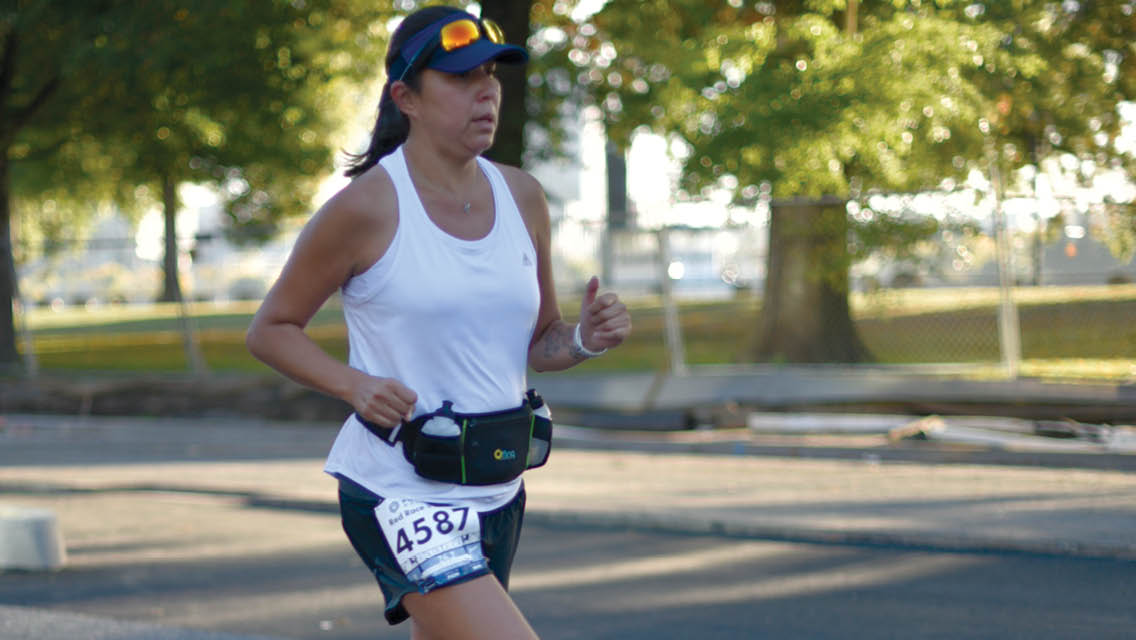

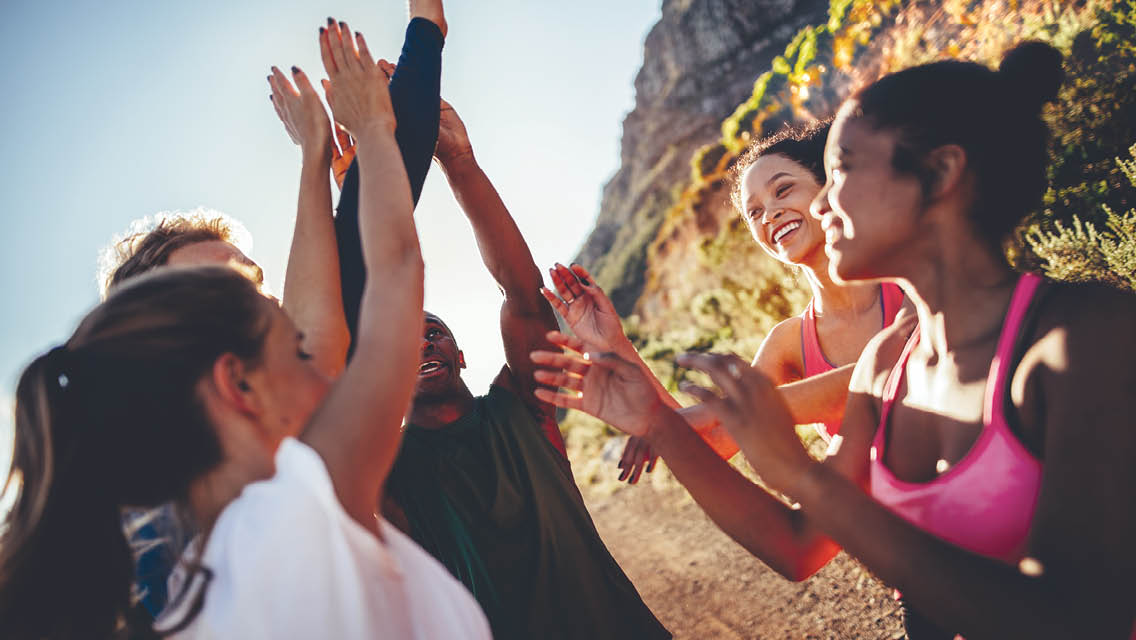
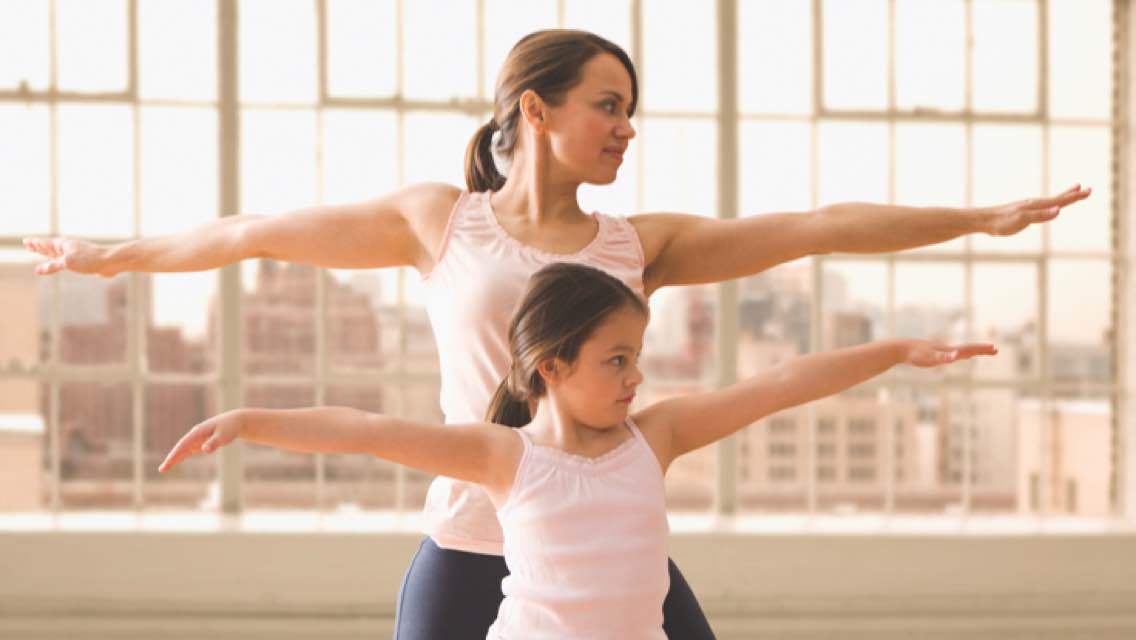
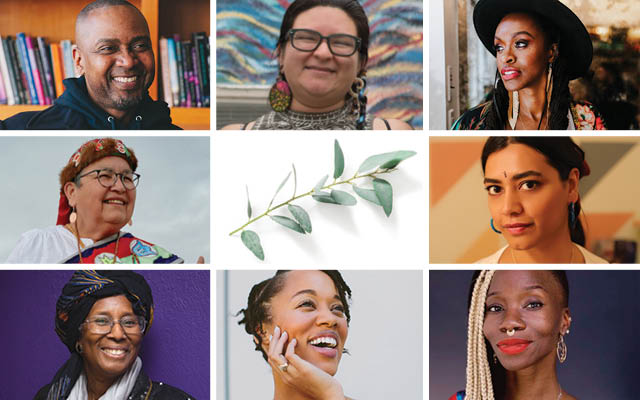
This Post Has One Comment
Birdie,
Thank you for being so inspirational. You are strong and your resolutions make your family stronger. I applaud you!
Thank you for sharing your beautiful story.
Con todo carino,
Teresa